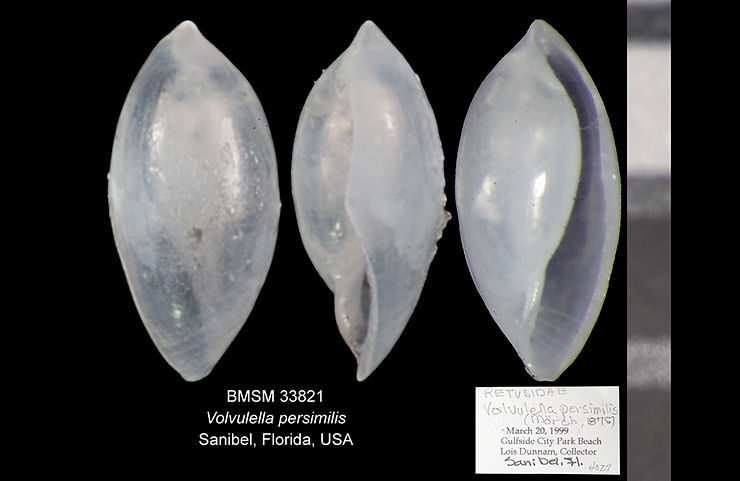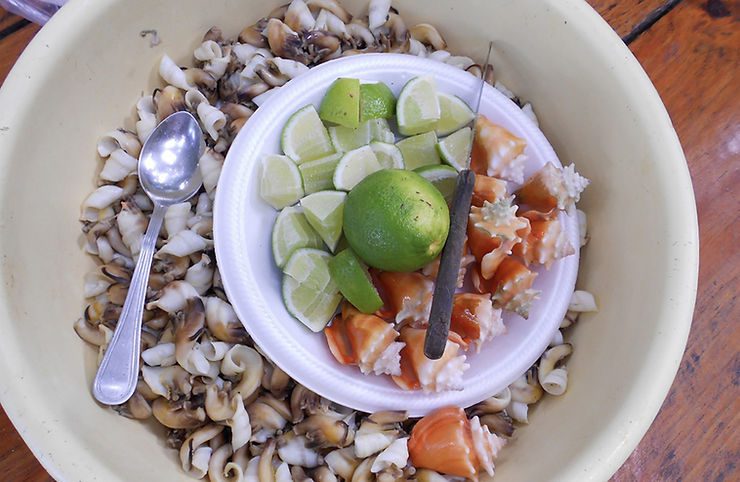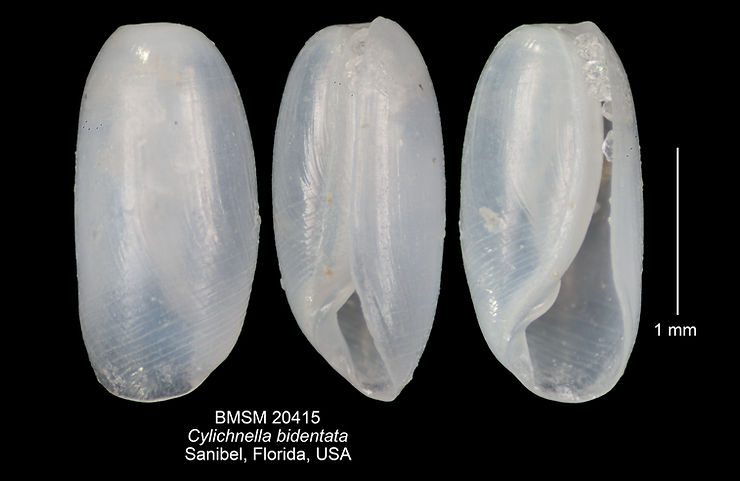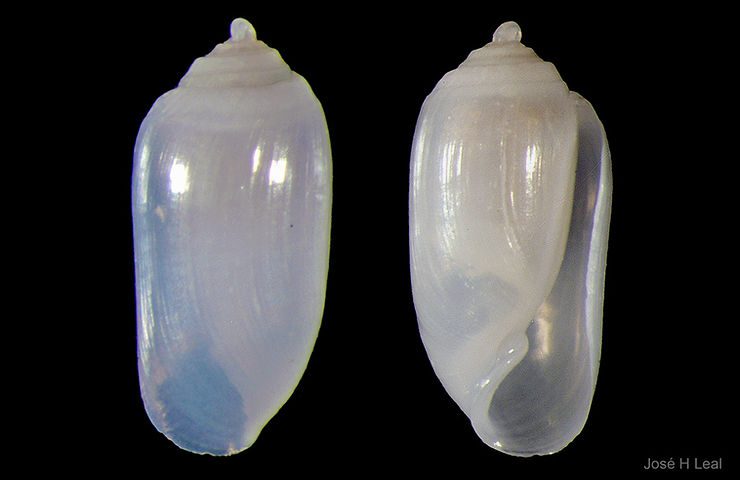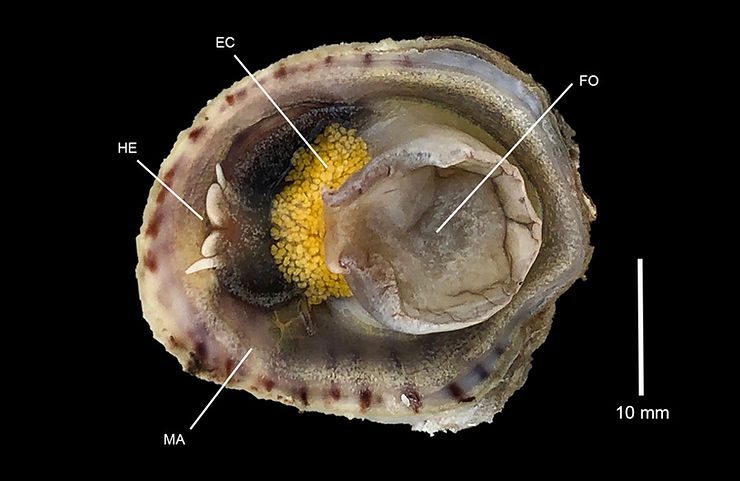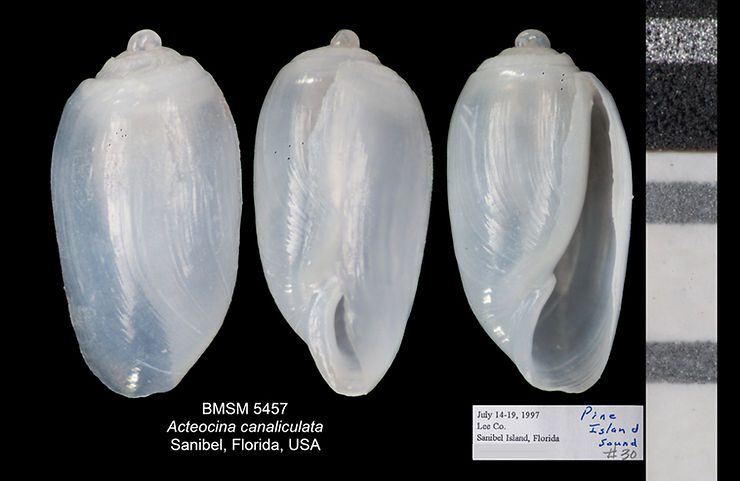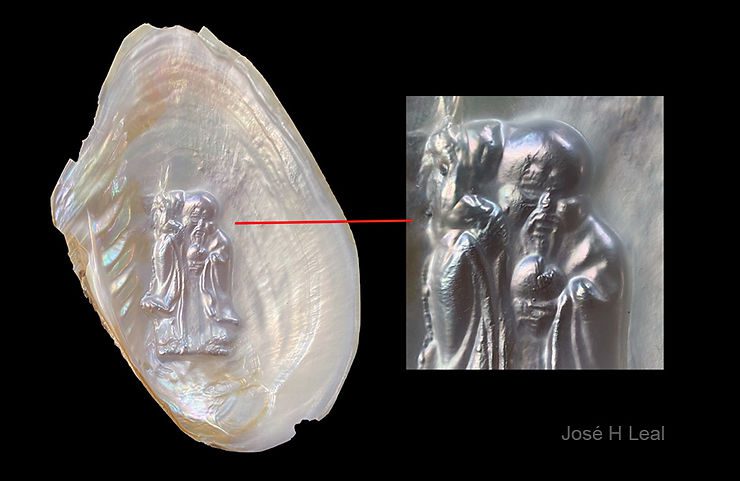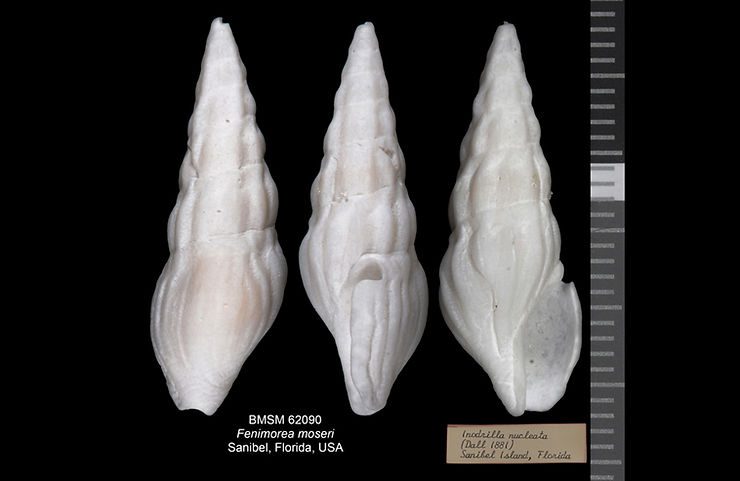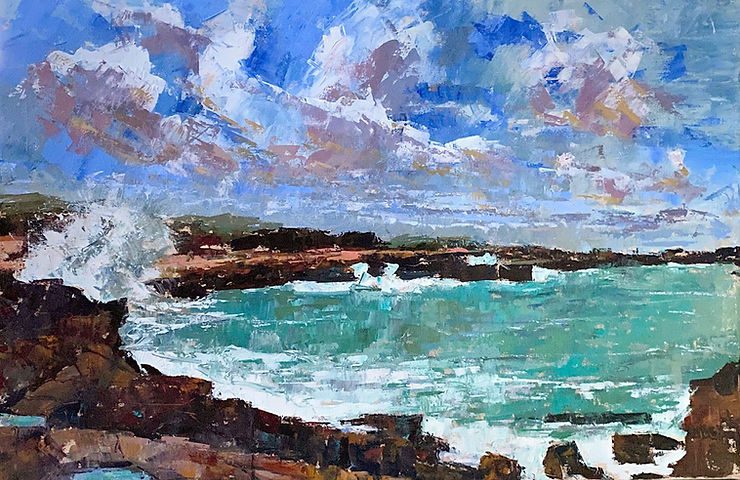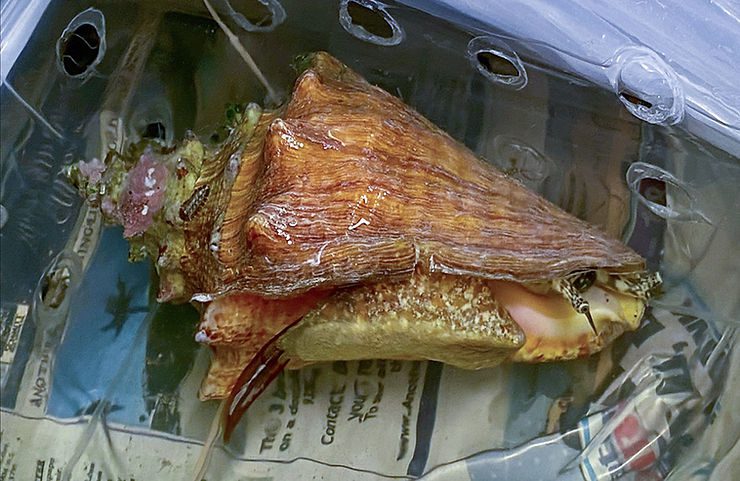
In the Kingdom of Queen Conchs
The Museum has added three Queen Conchs, Aliger gigas (Linnaeus, 1758), to its Beyond Shells educational, living exhibitions. Make sure you take a look at them during your next visit to the Museum! The Queen Conch is an iconic, relatively well-known marine snail in the family of true conchs, the Strombidae (think Florida Fighting Conch, Milk Conch, and many others). At the onset of adulthood, its shell will begin developing the broad, flared lip that is so typical of the species. Queen Conchs ar
